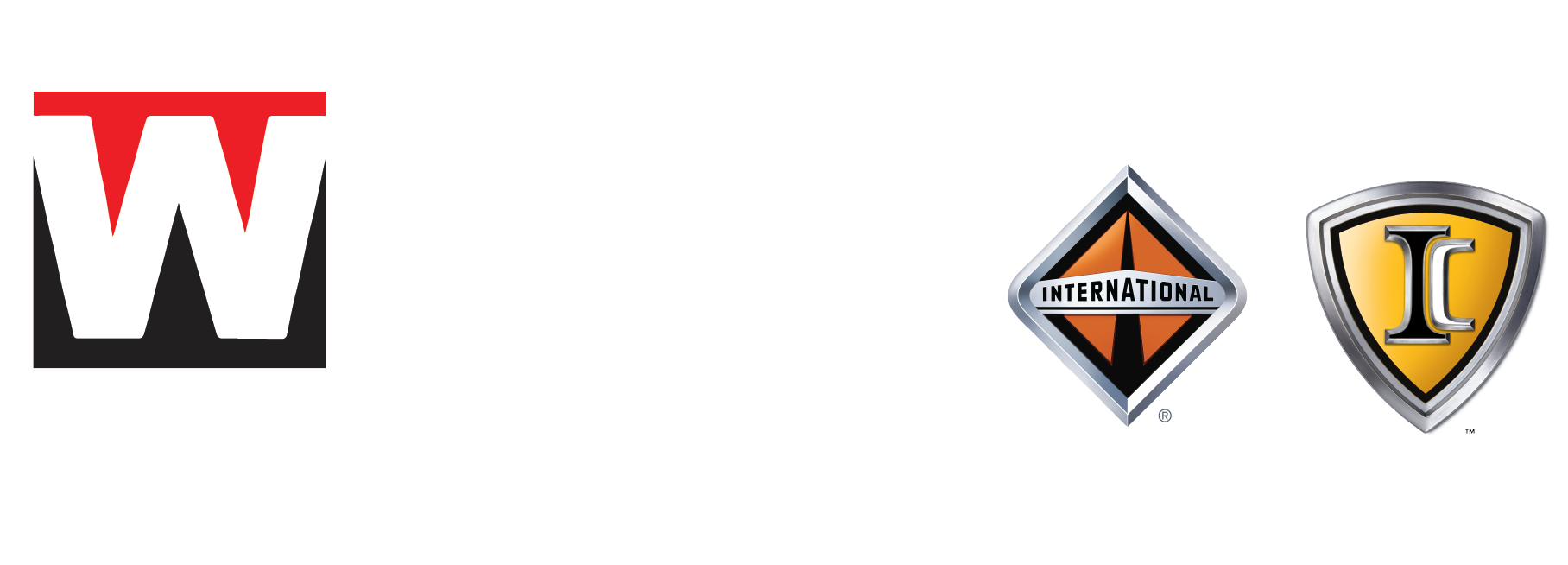Driving your fleet
into the
future
Navistar Zero Emissions Team works with fleets, school districts and customers to develop a robust zero-emission strategy. The consulting process includes evaluation of battery electric vehicle (BEV) or hydrogen fuel cell electric vehicle (FCEV) requirements and efficiencies, route simulations, and education on all available funding sources, grants and tax incentives.
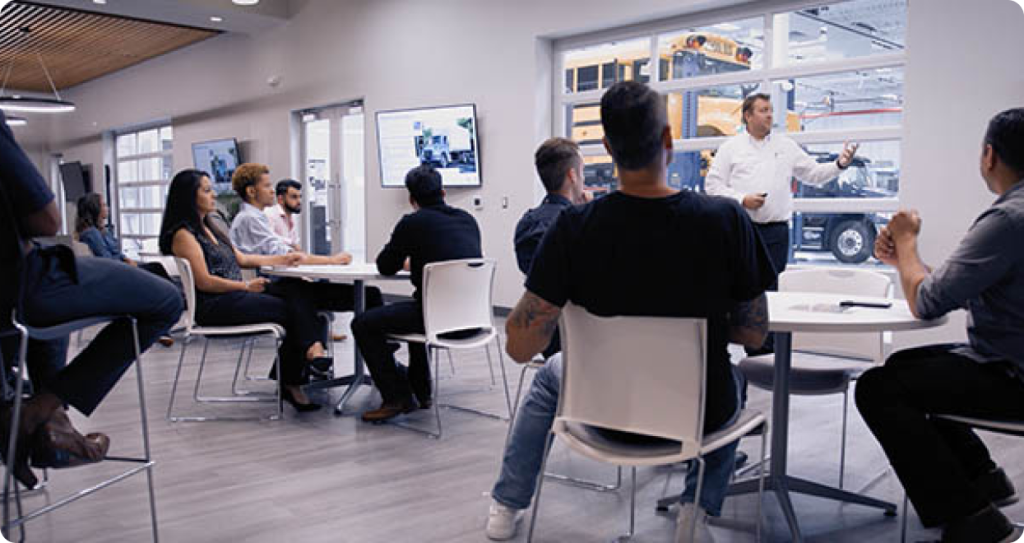
Navistar Zero Emissions Team works with fleets, school districts and customers to develop a robust zero-emission strategy. The consulting process includes evaluation of battery electric vehicle (BEV) or hydrogen fuel cell electric vehicle (FCEV) requirements and efficiencies, route simulations, and education on all available funding sources, grants and tax incentives.

Navistar Zero Emissions Team works with fleets, school districts and customers to develop a robust zero-emission strategy. The consulting process includes evaluation of battery electric vehicle (BEV) or hydrogen fuel cell electric vehicle (FCEV) requirements and efficiencies, route simulations, and education on all available funding sources, grants and tax incentives.

Navistar Zero Emissions Team works with fleets, school districts and customers to develop a robust zero-emission strategy. The consulting process includes evaluation of battery electric vehicle (BEV) or hydrogen fuel cell electric vehicle (FCEV) requirements and efficiencies, route simulations, and education on all available funding sources, grants and tax incentives.

Navistar Zero Emissions Team works with fleets, school districts and customers to develop a robust zero-emission strategy. The consulting process includes evaluation of battery electric vehicle (BEV) or hydrogen fuel cell electric vehicle (FCEV) requirements and efficiencies, route simulations, and education on all available funding sources, grants and tax incentives.

frequently asked questions
The Navistar Zero Emissions will support your transition by facilitating a comprehensive buying process, which encompasses much more than your vehicle purchase. Our consultative approach leverages the insights of Zero Emissions subject matter experts and internal teams as well as partnerships with third-party entities such as In-Charge Energy and OneH2, to ensure you are purchasing not just the vehicles but the charging solutions and infrastructure that enable your customers’ success.
High-voltage batteries power the truck, communicating with software that sends energy to an electric motor. Battery electric vehicles have zero tailpipe emissions.
Currently, battery electric vehicles are ideally suited for operations such as:
- Regional haul day cab routes
- Vehicles that return to the depot at the end of the day/shift for charging, example, school buses
- Areas where there are federal or state incentives for infrastructure and fleet investments
- Dense urban areas where total cost of ownership can be on par with traditional powertrains
Product questions
Important safety features include:
- Electric “handshake” high-voltage interlock
- Charging only possible when the cable is fully connected
- Protection from high voltage during charging, maintenance or accidents
- Safe in all weather conditions
- Vehicle is immobile while charging: Impossible to drive off while connected
- Level 1 provides similar stopping capabilities to a traditional automatic transmission vehicle.
- Level 2 provides a moderate amount of regenerative braking.
- Level 3 allows for one-pedal style driving and will slow the vehicle to a few miles per hour with the driver using the service brake to bring the vehicle to a complete stop.
Although factors such as battery composition, temperature, charging rate, etc., affect EV battery performance, it is not unusual for them to last the life of the vehicle. For additional peace of mind, International® offer extended battery warranties.
Estimated range varies on several factors, but most vehicles achieve a reliable range of 135 miles per charge.
Climate, terrain, use of regenerative braking, AC/Heat usage, and vehicle use may all affect the range. The Zero Emissions team can help with route consultation to determine range for your application.
The eMV is roughly 3500 pounds heavier than a similar diesel spec in any frame length. Payload capacity would be reduced by 3500 – 4,000 pounds for BEV vs. diesel. Actual weights can be provided by creating a specification.
Our dedicated Zero Emissions Deployment team will assist with dealership staff, customer, driver, and first responder training to ensure that all parties know how to properly operate, maintain, and charge their vehicle.
There is no issue with washing your electric vehicle. It is advised to avoid high pressure spray on electrical components, especially directly into connectors. Vehicles should be unplugged from chargers during washing.
The default charger port location is currently right-side mount, in March 2023 will default to left-side mount. Optional rear mount will be available later this year.
Battery Electric Charging Questions
According to the North American Council for Freight Efficiency (NACFE), every charging installation faces a variety of variables—number of trucks to charge, local utility rate tariffs and power delivery structure, existing site, and local grid details. The Zero Emissions team and our charging partner will work closely with each customer to make sure your installation proceeds at the fastest rate while serving your business needs. More information from the NACFE Study can be found here
Any charger with a minimum 600 volts will work. That includes:
- Network-capable chargers
- Level 2 AC (19.2 kW) – 1772 SAE standard connection
- Minimum for overnight charging (not recommended)
- DC charging station (30 kW) – Combination CCS1 adapter port
- More efficient than AC, recommended minimum
- DC fast-charge station (up to 125 kW) – Combination CCS1 adapter port
- More efficient than AC, fastest option
- DC public fast-charging (up to 125 kW)
AC charging typically takes overnight, DC fast-charging, in just a few hours. Environmental factors such as battery age and condition and ambient temperature are additional factors. The Zero Emissions team will work with our customers to recommend the best installation for your charging needs.
Network capable chargers can receive over-the-air (OTA) updates to diagnose charging issues. They also allow the fleet manager to monitor charging status.
The software already limits the battery consumption to adhere to expected battery life. Nothing incremental needs to be done to prevent damage of the battery.
This will vary depending on the type of charger and external environment. Below is estimated charge times with chargers. Our products have a charging speed of 125kW. All estimates below are based on room temperature for the 210 kWh.
19.2 kW AC EVSE = 12 hours
30 kW DC charger = 7.5 hours
60 kW DC charger = 4 hours
120 kW DC charger = 2 hours
Above 120 kW DC charger = 2 hours
The International® Truck eMVTM Series can be charged at some public chargers, but not all. Not all chargers have been tested for compatibility with Navistar vehicles. Furthermore, the 600-volt architecture on our vehicles is higher than many vehicles, and not all chargers are built to charge a 600-volt architecture.
Apps for finding public chargers are not set up to filter for chargers which will charge the International® Truck eMVTM Series. However, there are ways that you can filter which will help locate the chargers that are most likely to be compatible.
If a charger will charge an 800-volt vehicle, then it is possible that it will charge the International® Truck eMVTM Series. Apps that are used for finding public charging stations can be filtered to find chargers for those vehicles.
Use these filters on charging apps to locate public chargers that are most likely to charge an International® Truck eMVTM Series:
Porsche Taycan
50 kW minimum charge speed
CCS connector
Check PlugShare app to locate a charger: www.plugshare.com
Charger and installation costs will vary, and there are many factors that contribute to the costs. Please reach out to the Navistar Zero Emissions team for more information.
Each infrastructure project will vary in timeline due to location, available electricity, and local utility. Some projects will take 1-6 months, while some may take 12-18 months or more. The Navistar Zero Emissions team can help navigate the estimated timelines.
Yes, the vehicles have a max charging rate of 125kW
The optimal temperature is around 70o F. The BTMS System is designed to maintain optimal temperature when the vehicle is in use or plugged into a charger.
We design scalable, end-to-end solutions around your specific needs.
We design scalable, end-to-end solutions around your specific needs.
SMART. ADAPTABLE.
INTRODUCING THE NEWEST MEMBER OF THE MV™ SERIES - THE eMV. WELCOME TO A NEW ERA OF EFFICIENCY.

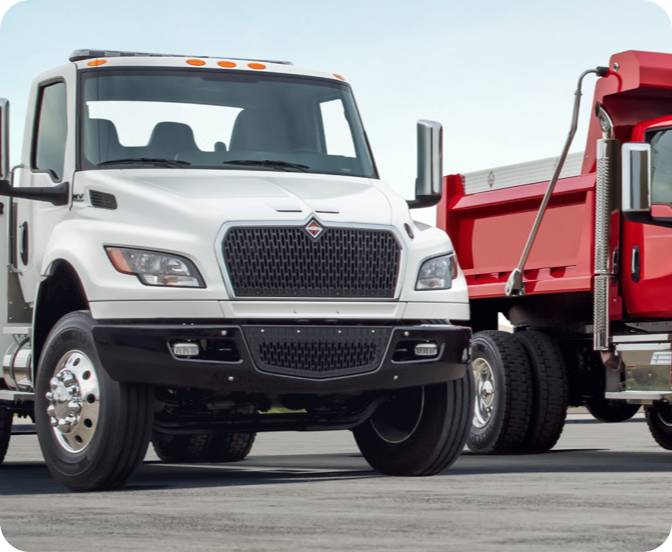
- Electrified powertrain - fully integrated ensuring all components are optimized to work with each other as a system
- Electrified powertrain - fully integrated ensuring all components are optimized to work with each other as a system
- Best-in-class regenerative braking on/off with three levels: 30%, 60% and 100%- maximizes driver control
- State of the art driver display
- Charging
A FAMILIAR ENVIRONMENT – NO LEARNING CURVE REQUIRED.
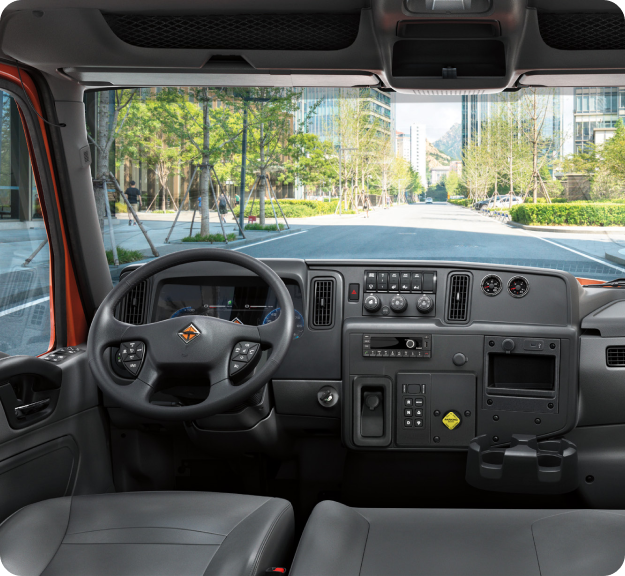
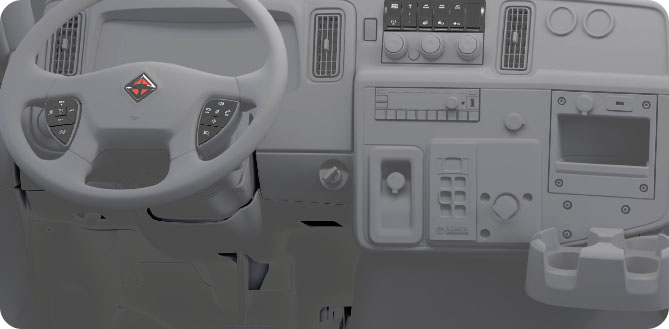
STEEL SANCTUARY.
FOR STRENGTH, SAFETY AND COMFORT
OPTIONAL LINE-X® FLOOR PROTECTION
INTERCOAT® CHEMGUARD

Contact us
Ask us a question
- Phone:
- Email:
